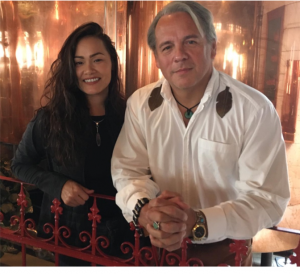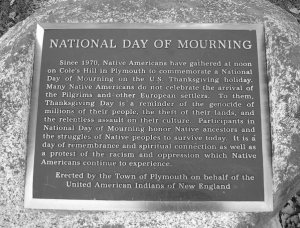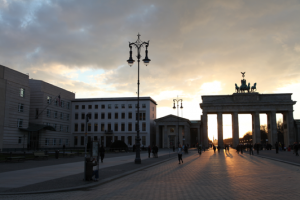2020 marks the 100th anniversary of the 19th Amendment to the U.S. Constitution that granted American women the right to vote. That is certainly reason to celebrate! But before you break open a bottle of sparkling wine, let’s review a few facts so we can put that momentous achievement into context for our readers less familiar with U.S. history.
Suffrage, the right to vote, was not extended to women at the same time it was granted to blacks in 1870. The first formal attempt to pass an amendment for woman suffrage – and there would be many – was introduced in 1878. For the next 40 years, that amendment was put to a vote in each session of Congress. Yes, 40 years! Let that sink in for a while…. Then, in 1918, the 19th Amendment finally passed the House and the Senate in the following year and was ratified on August 26, 1920. But these are just a few of the details:
https://www.youtube.com/watch?v=a9LmBgY-F5A
After that long struggle, however, many women did not actually take advantage of their right to vote in the 1920 and 1924 elections. Apparently, they thought they already had achieved equal rights. Does that sound familiar? It should. It is exactly what some of the people who oppose the Equal Rights Amendment are saying in 2020.










